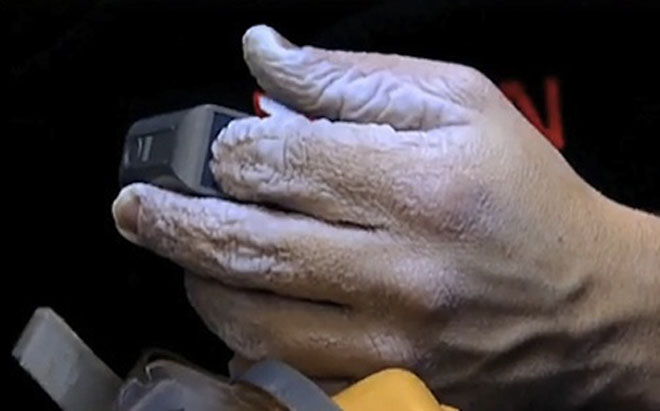The semi-nomadic Moken people, living along the coasts of Burma and Thailand, are hunter-gatherers who for centuries have harvested the sea’s bounty. They use traditional diving methods to this day, instead of modern masks or scuba gear. And their underwater vision is so evolved that they are able to gather tiny shellfish and other food from the ocean floor at depths as low as 75 feet!
Diving for food sounds like a difficult way to survive, but scientists have discovered that young Moken children have underwater vision that’s twice as good as European children of the same age. Scientist Anna Gislén, of Sweden’s Lund University, studied the children’s unique vision after hearing about them from a colleague.
“Another scientist, Erika Schagatay, was in the south of China working with sea nomads and their diving response,” she said. “She noticed that the children were picking out small brown clams from among brown stones. To her, this was incomprehensible, as she could hardly see them with her goggles, and the children used no such thing. It was not her area of science, so eventually it ended up on my desk.”



















